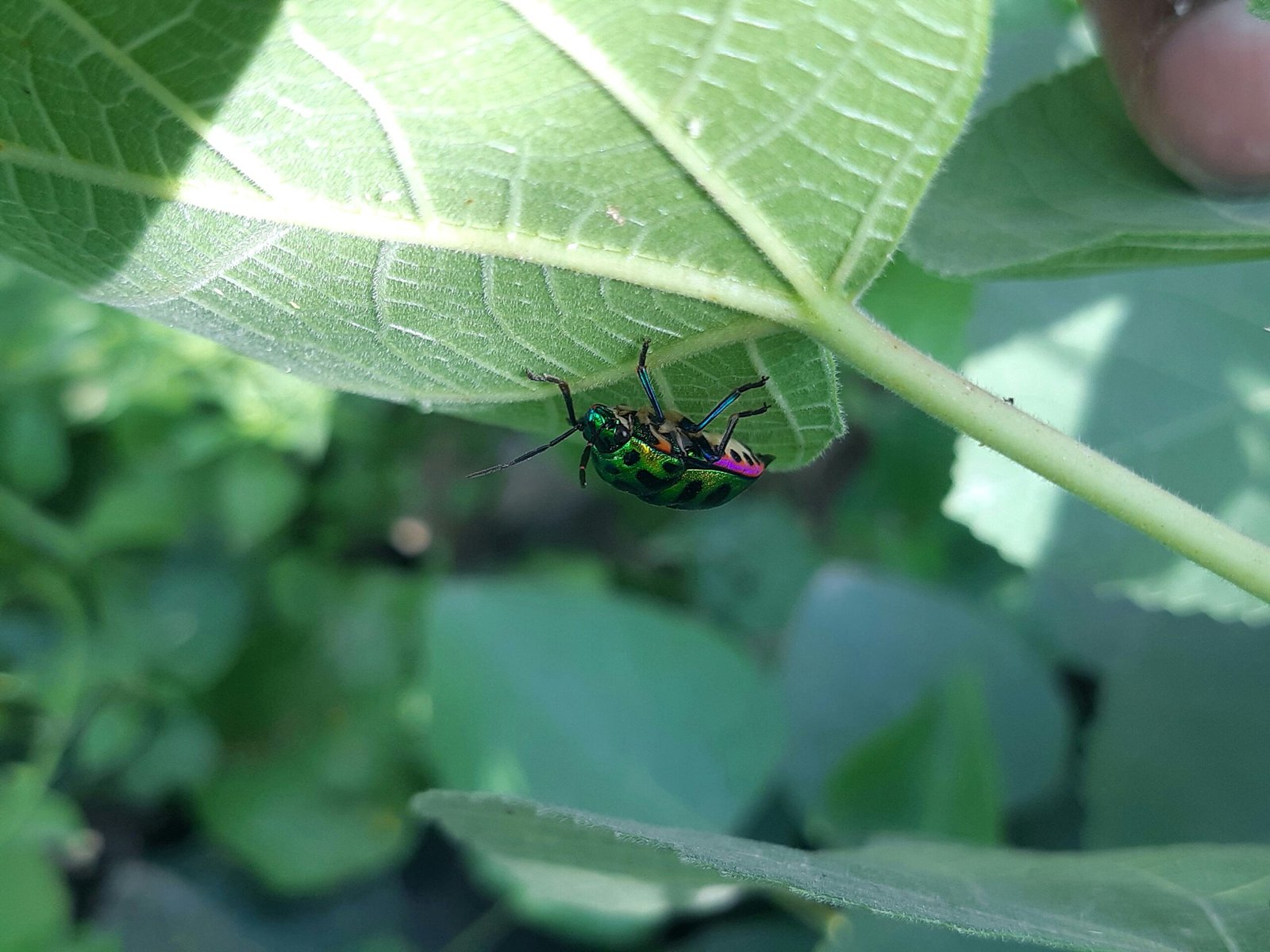What is Plant Protection?
The techniques and procedures used to protect plants from pests, illnesses, and environmental hazards are referred to as plant protection. Maintaining healthy crops and promoting sustainable agriculture are the primary goals of plant protection, which makes sure that plants flourish in their native environments and agricultural contexts.
Elements of Plant Protection
Effective plant protection techniques frequently combine mechanical, chemical, cultural, and biological methods. Crop rotation and the selection of resistant plant varieties are examples of cultural methods, whereas biological management uses natural predators or parasites to suppress pest populations. Chemical approaches usually entail the use of pesticides, whereas mechanical approaches provide tangible barriers like nets or traps.
The Importance of Plant Protection
For a number of reasons, plant protection measures is necessary. It promotes economic growth in the agricultural sector, ensures food security, and boosts crop yields. Furthermore, using appropriate plant protection techniques lowers the possibility of chemical residues in food items, which promotes better eating. In addition to promoting biodiversity and environmental preservation, sustainable plant protection techniques are essential to the continuous battle against climate change.
Understanding Maximum Residue Limits in Vegetables: Public Health Impacts and Trade Implications







How Whiteflies Hijack Plant Detoxification Genes To Survive Toxic Environments
[…] need for sustained research in plant-insect interactions is paramount. Understanding how whiteflies interact with plant detoxification processes could lead […]